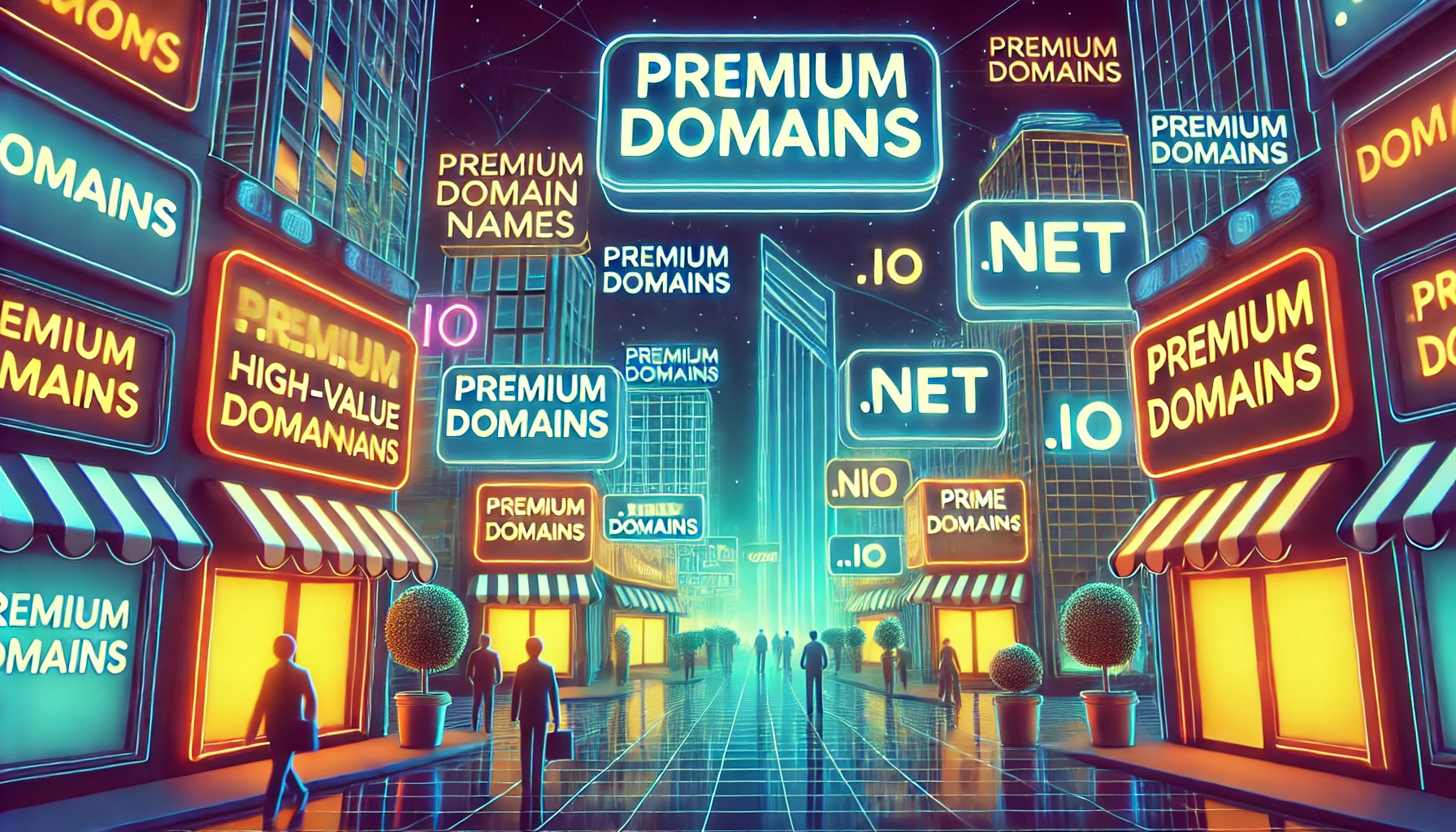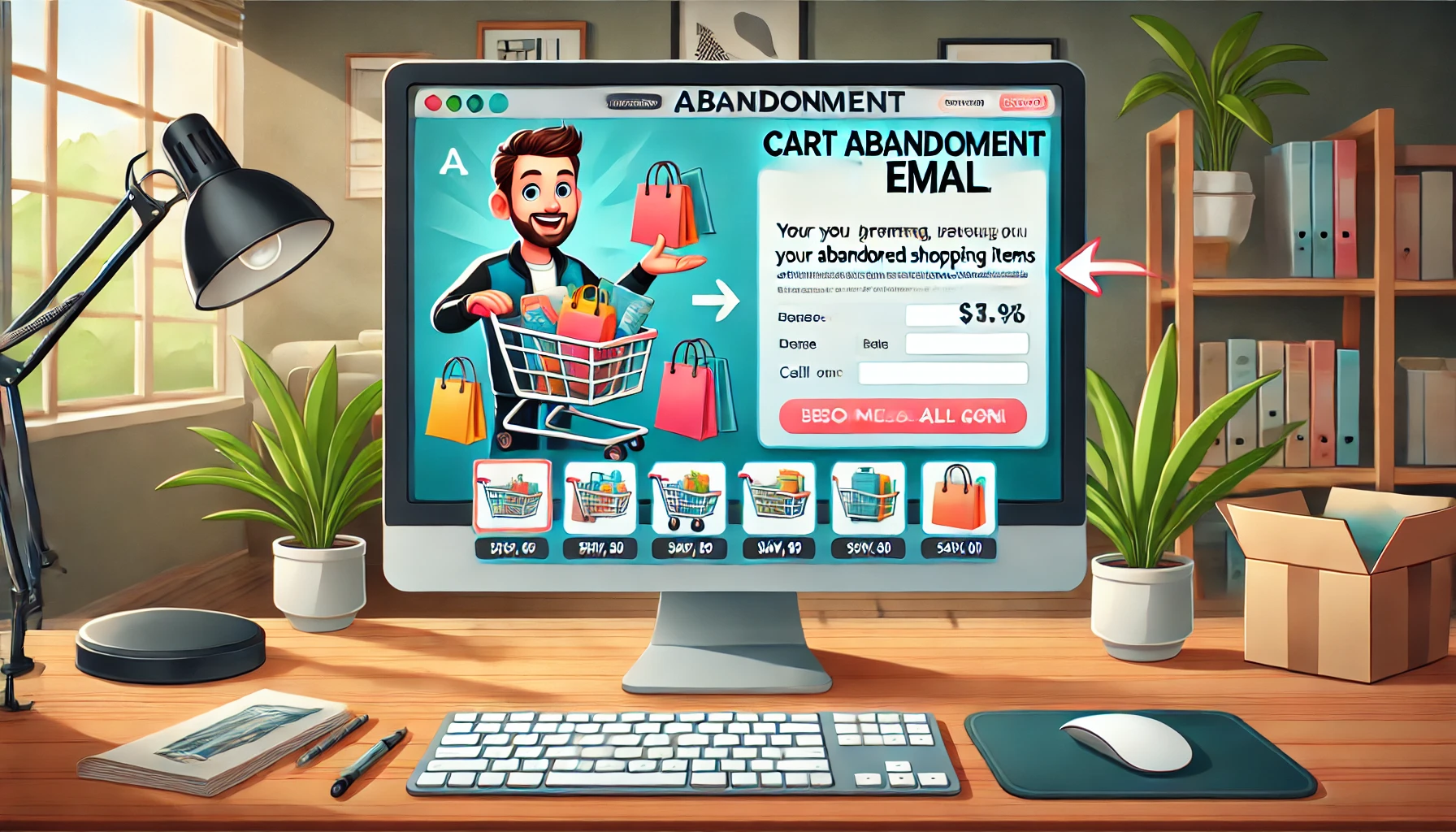In today’s digital age, the significance of web design cannot be overstated. An effectively designed website serves as the face of a brand, engaging users and facilitating interactions. It’s essential in establishing the first impression and plays a pivotal role in user experience (UX).
Web design has evolved rapidly, keeping pace with technological advancements and changing user preferences. From the static pages of the early internet to the dynamic, user-centered designs of today, understanding this evolution is crucial for any aspiring web designer.
Core Principles of Modern Web Design
Responsiveness and Mobile-First Design
In the era where smartphones and tablets have become ubiquitous, the principle of responsive web design has transitioned from a preference to an absolute necessity. This approach ensures that a website’s layout and content adapt seamlessly to various screen sizes, from the smallest smartphones to large desktop monitors. The mobile-first philosophy takes this one step further, advocating for designing websites for smaller screens initially and then scaling up for larger screens. This strategy prioritizes the growing number of mobile users, ensuring that their experience is not an afterthought but a primary consideration.
Responsive design goes beyond mere resizing of images and text. It involves a comprehensive approach that includes flexible grid layouts, responsive images, and media queries in CSS. This ensures a fluid and seamless experience, eliminating issues like misplaced elements or unreadable text that often plague non-responsive websites.
Minimalism and Clean Layouts
The trend towards minimalism in web design reflects a broader cultural shift towards simplicity and efficiency. In web design, this translates to clean layouts, ample white space, and a focus on the essentials. Minimalist design isn’t just about aesthetics; it’s about removing unnecessary elements that don’t contribute to the functionality or message of the website. This approach not only makes websites more visually appealing but also enhances user experience by making navigation more intuitive and content more digestible.
In a minimalist design, every element serves a purpose. Whether it’s a color scheme, a graphic, or a piece of text, it must contribute to the overall user experience. This design philosophy also contributes to faster loading times and better performance, as there are fewer elements to load, which is particularly important for users on slower internet connections.
Typography and Readability
Typography in web design is far more than just choosing attractive fonts. It’s an essential tool that impacts how information is perceived and understood by users. Effective typography enhances readability, directs attention, and contributes to the overall aesthetic of the website. In modern web design, there’s a strong focus on using type creatively to establish a tone and personality while maintaining readability and user friendliness.
Key considerations in typography include font choice, font size, spacing, alignment, and color contrast. Readability is paramount; the text must be easily legible on different devices and screens. This involves not just selecting the right font, but also ensuring that line spacing, paragraph spacing, and text alignment are optimized for easy scanning and reading. Additionally, contrasting text colors against backgrounds improves readability while adding to the visual appeal.
Emerging Trends in Web Design
Advanced Interactivity
In the realm of modern web design, advanced interactivity stands as a key trend. This encompasses a range of dynamic elements like motion graphics, interactive infographics, and responsive animations that react to user actions. Such features not only elevate the aesthetic appeal but also significantly improve user engagement. For instance, hover effects, scrolling animations, and micro-interactions guide users through the website, making the journey both intuitive and delightful.
Interactive web design isn’t limited to visual elements. It also includes interactive storytelling where the narrative unfolds as the user progresses through the site. This approach turns the user’s journey into an engaging story, increasing the time spent on the site and enhancing the overall experience. Advanced interactivity, when used judiciously, can create a lasting impression, making a website not just a source of information but an experience in itself.
AI and Machine Learning Integration
Artificial Intelligence (AI) and Machine Learning (ML) are revolutionizing web design in ways previously unimaginable. By integrating AI and ML, websites can now offer personalized experiences to users. This can range from personalized content recommendations to intelligent chatbots that provide instant customer service.
AI algorithms can analyze user data like browsing history, interaction patterns, and preferences to deliver a tailored experience. For example, an e-commerce site can suggest products that are likely to appeal to individual users based on their past behavior. Machine Learning, a subset of AI, enables the website to learn and adapt over time, constantly improving the user experience based on gathered data.
Furthermore, AI tools are assisting designers in creating more efficient and user-friendly designs. From automating routine tasks to generating design options, AI is proving to be an invaluable asset in the web designer’s toolkit.
Dark Mode and Color Schemes
Dark mode, once a niche feature, has now emerged as a popular trend in web design. Offering a dark background with light text, it not only reduces eye strain in low-light conditions but also extends battery life on OLED and AMOLED screens. This feature has gained traction for its modern look, as well as its practical benefits.
The adoption of dark mode has also influenced color schemes in web design. Designers are experimenting with contrasting colors, neons, and pastel shades that pop against dark backgrounds. This shift has led to innovative design aesthetics that are both visually striking and comfortable for long-term viewing.
Moreover, the use of adaptive color schemes, where the website switches between light and dark modes based on user preference or time of day, is gaining popularity. This responsiveness to user needs signifies a move towards more personalized and considerate web design practices.
Techniques for Effective Web Design
User-Centric Approach
A user-centric approach in web design prioritizes the needs, preferences, and behaviors of the website’s intended audience. This technique involves thorough research to understand who the users are, what they need, and how they interact with digital platforms. Elements like navigation, content structure, and interactive features are all designed with the end user in mind, ensuring that the website is not only aesthetically pleasing but also functional and easy to use. Conducting a digital strategy audit can further enhance this process by providing valuable insights into how well the website meets user expectations and business goals.
Key aspects of a user-centric design include usability testing, user feedback, and persona creation. These strategies help designers empathize with users, anticipate their needs, and create a more intuitive user experience (UX). For example, a user-centric website for an elderly audience would prioritize accessibility features like larger text sizes and simple navigation over trendy design elements.
Storytelling and Emotional Engagement
Storytelling is a powerful tool in web design, capable of forging a deeper connection between the user and the brand. By weaving a narrative throughout the website, designers can engage users emotionally, turning the browsing experience into a journey rather than a mere transaction. Effective storytelling in web design might involve a combination of compelling visuals, interactive elements, and emotive copy that resonates with the audience.
The key to successful storytelling is authenticity and relevance. The story told must align with the brand’s values and resonate with the target audience. For instance, a brand that values sustainability might use storytelling to showcase its efforts in environmental conservation, thereby emotionally engaging users who share similar values.
Data-Driven Design Decisions
In the age of information, data-driven design has become a cornerstone of effective web design. This approach involves using analytics and user data to inform design decisions, ensuring that every element of the website serves a purpose and enhances the user experience. Data can reveal insights into user behavior, preferences, and pain points, allowing designers to make informed choices about layout, content, and features.
Data-driven design goes beyond mere aesthetics; it’s about understanding what works and what doesn’t through A/B testing, heat maps, and user interaction data. For example, if data shows that users are frequently abandoning their carts on an e-commerce site, the design can be tweaked to simplify the checkout process and reduce friction.
Tools and Resources for Web Designers
Essential Web Design Tools
In the dynamic field of web design, having the right tools is essential for both efficiency and creativity. These tools fall into several categories, each serving a unique purpose in the design process:
Graphic Design Software: Tools like Adobe Photoshop and Illustrator are staples for creating custom graphics, editing photos, and developing layouts. They offer extensive features for both vector and raster graphics, making them indispensable for detailed visual work.
Prototyping Tools: Prototyping tools like Sketch, Adobe XD, and Figma have become essential for modern web designers. These applications allow designers to create mockups and wireframes, test user interfaces, and share interactive prototypes with clients or team members.
Web Development Environments: For the actual coding of websites, tools such as Sublime Text, Visual Studio Code, or Brackets provide robust environments for writing HTML, CSS, and JavaScript with features like syntax highlighting and code completion.
Content Management Systems (CMS): Platforms like WordPress, Joomla, and Drupal empower designers to build and manage website content without needing to code everything from scratch. They offer templates, plugins, and customizable themes to cater to various design needs.
Responsive Design Testing Tools: Tools such as BrowserStack and Responsinator are crucial for testing website designs across different browsers and devices, ensuring compatibility and responsiveness.
SEO and Analytics Tools: Understanding website performance is vital, and tools like Google Analytics and SEMrush offer insights into traffic, user behavior, and SEO performance.
Online Resources for Learning and Inspiration
The web is a goldmine of resources for learning and finding inspiration in web design:
Online Courses and Tutorials: Platforms like Udemy, Coursera, and Codecademy offer comprehensive courses covering everything from basic HTML and CSS to advanced interactive web design. These platforms cater to learners at all levels.
Design Inspiration Platforms: Websites like Behance, Dribbble, and Awwwards showcase the work of top designers and provide a wealth of inspiration for creative projects. They are great for staying up-to-date with current trends and getting new ideas.
Web Design Blogs and Forums: Blogs like Smashing Magazine and CSS-Tricks, and forums like Stack Overflow, are valuable for learning new tips, keeping abreast of industry news, and troubleshooting design issues.
Social Media and Professional Networks: Platforms like LinkedIn and Twitter are not only for networking but also for learning from industry leaders, joining web design communities, and staying informed about the latest tools and techniques.
E-books and Online Documentation: Many free resources are available, including e-books on design principles and online documentation for learning coding languages or using design software effectively.
Challenges and Solutions in Modern Web Design
Balancing Creativity with Usability
One of the most significant challenges faced by web designers is finding the right equilibrium between creative expression and practical usability. This balance is crucial because a website must not only captivate users with its unique design but also provide them with an intuitive and efficient user experience.
Challenges:
Over-Designing: Sometimes, designers may get carried away with creative ideas, leading to overly complex designs that confuse users.
Neglecting User Experience: In the pursuit of aesthetic innovation, the basic principles of user experience (UX) can be overlooked, resulting in a website that is visually appealing but difficult to navigate.
Solutions:
User Testing: Regular user testing can provide valuable feedback on how real users interact with the design, highlighting areas where usability may be compromised for creativity.
Adherence to UX Principles: Even in the most creative designs, it’s essential to adhere to fundamental UX principles like clear navigation, readability, and fast load times.
Overcoming Technical Limitations
As the web continues to evolve, designers and developers often face technical limitations that can hinder their ability to implement their visions fully. Staying current with the latest developments in technology is vital to overcoming these challenges.
Challenges:
Rapid Technological Advancements: The fast pace of technological change can make it difficult to stay updated with the latest tools and techniques.
Compatibility Issues: Ensuring that a website functions seamlessly across various browsers and devices can be challenging, especially with emerging technologies.
Solutions:
Continuous Learning: Regularly updating skills and knowledge through courses, workshops, and online resources can keep web professionals abreast of the latest technological advancements.
Collaboration and Networking: Collaborating with other professionals in the field, and participating in web design communities can provide insights into overcoming technical challenges and finding innovative solutions.
Utilizing Progressive Enhancement: This strategy involves starting with a basic, functional website and then adding enhancements that work only on browsers or devices that support them. This ensures that the website is accessible to all users, regardless of their technology.
Adopting a Modular Approach: Using a modular design approach can help in managing complex projects by breaking them down into smaller, more manageable components. This not only simplifies the development process but also makes it easier to test and refine individual elements.
Conclusion
Future of Web Design
The field of web design is ever-evolving, with new trends and technologies constantly emerging. Staying abreast of these changes is vital for any web designer looking to excel in the industry.
Final Thoughts and Recommendations
In conclusion, mastering modern web design requires a blend of creativity, technical skill, and an understanding of the latest trends and techniques. Continuous learning and adaptation are key to success in this dynamic field.
If you’re inspired to create or transform your website with these modern web design techniques and trends, don’t hesitate to reach out. Our team of expert web designers is here to bring your vision to life. Contact us for any web design inquiries and let’s create a website that stands out in today’s digital world.
FAQs
1. What are the most important qualities of a modern website?
The key qualities of a modern website include responsive design, a user-centric layout, and engaging content. Responsiveness ensures the site works well on various devices, while a user-centric layout focuses on ease of navigation and interaction. Engaging content keeps users interested and encourages them to interact with the site.
2. How important is mobile-first design in modern web design?
With a significant portion of internet traffic coming from mobile devices, a mobile-first design approach is essential. It ensures that the mobile user experience is prioritized, aligning with the needs of a large audience and improving search engine rankings.
3. Can AI really impact web design?
Yes, AI significantly impacts web design by enabling personalization and automating functions. It can tailor user experiences based on behavior and preferences and streamline the design process through automation, enhancing both efficiency and user engagement.
4. What are some common challenges in web design today?
Contemporary web design challenges include balancing creativity with usability and keeping up with rapid technological advancements. Designers must create aesthetically pleasing yet easy-to-navigate sites and constantly adapt to new technologies and user expectations.
5. How can a beginner start learning about modern web design?
Beginners can start learning modern web design through online courses and tutorials that cover basic to advanced concepts. Additionally, following industry blogs and forums is beneficial for staying updated on trends, best practices, and getting community support and feedback.












